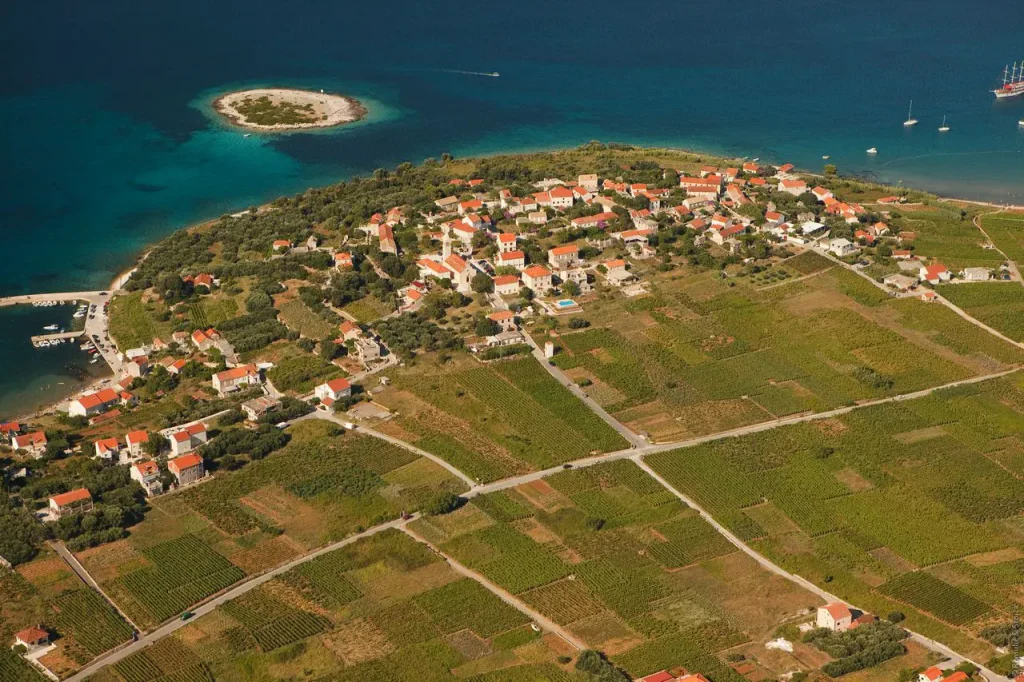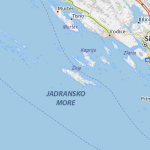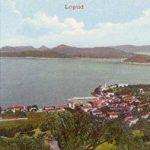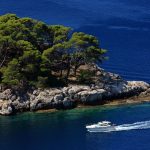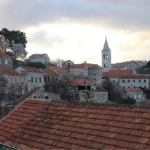Continuing our look at the 47 inhabited islands of Croatia on January 9, 2017, Lauren Simmonds visits one of the ‘big boys’ – Marco Polo’s Korcula.
Another favourite, especially for those visiting the Dubrovnik Neretva county is the island of Marco Polo’s birth, Korcula (pronounced: Korchula). With a land area of approximately 279 square kilometres and a population of 15,522 (2011 census), Korcula is the sixth largest Adriatic island, the most populous Croatian island not connected to the mainland by bridge, and the second most densely inhabited Croatian island after Krk.
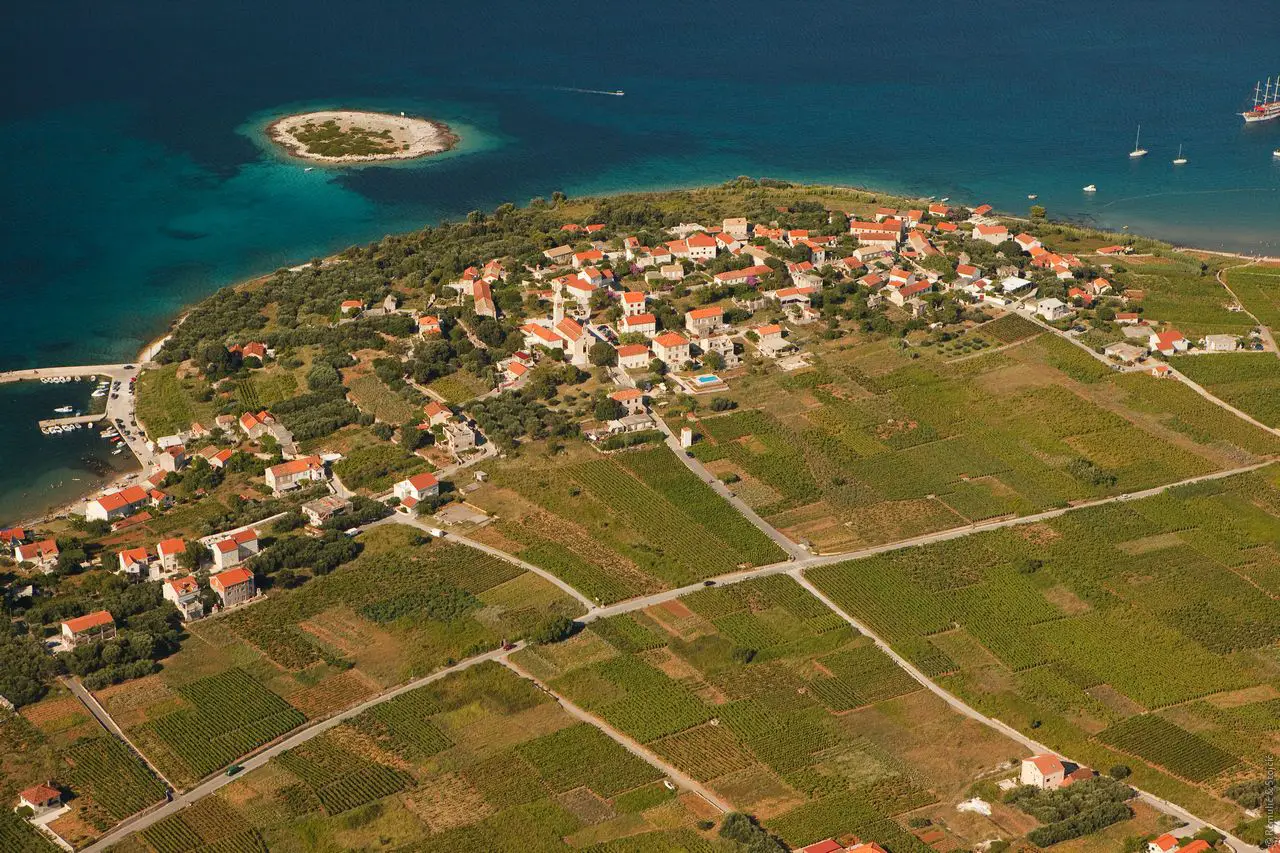
Twinned with Rothesay in Scotland, Korcula is part of the Southern Dalmatian archipelago and is separated from the Peljesac peninsula by the narrow Strait of Peljesac. The island is divided into the municipalities of Korcula, Smokvica, Lumbarda and Blato and its main settlements are the town of Korcula, Blato and Vela Luka, along with villages dotted along the coast, which include Lumbarda, Rascisce and Brna. Villages such as Zrnovo, Smokvica, Cara and Prizba are located further inland. Like many islands in this area, Korcula is covered with naturally occurring evergreen vegetation and dense pine forests. The island has a rugged geographical structure, with its highest peaks being Klupca at 568 metres, and Kom at 510 metres.
The name Korcula originally derives from the ancient Cnidian Greek colony founded on the island. Melaina Korkyra (Black Corcyra) were a group of Greek colonists who formed a small colony on the island in what is estimated to be the 6th century BC. ”Black Corfu” gained its name as a tribute to the homeland of the Greek colonists, who were reminded of the Ionian island of Corfu by Korcula’s dense pine forests which stretched all the way to the rocky edges of the shore.
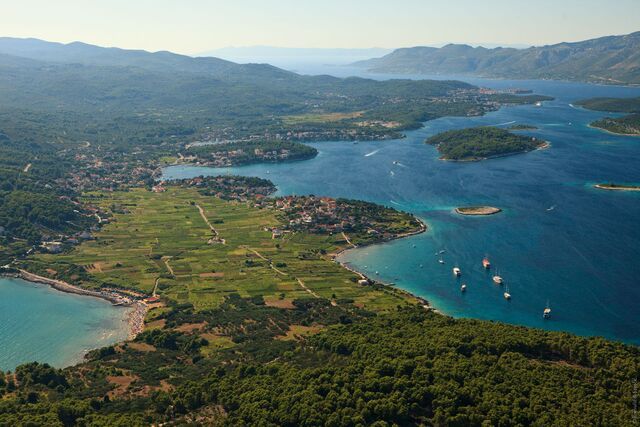
Korcula has a very rich history and boasts several hugely significant archaeological discoveries, including the oldest written stone monument in Croatia, found in Lumbarda. Before the previously mentioned Greek colonists arrived, it was settled by ancient Mesolithic and Neolithic people, evidence of said settlers has since been found at the sites of Vela Spila (Big Cave) and Jakas Cave close to the inland village of Zrnovo. The invaluable findings are displayed at the Centre for Culture in the town of Vela Luka.
Following on from the original founders, the second wave of human settlement came with the semi-nomadic Illyrians. Following the Illyrian wars which occurred in 220 BC, the island became part of the Roman province of Illyricum and as Roman migration slowly began, Roman citizens arrived on the island and began building villas and homes throughout. By 10 AD, Illyricum split into two separate provinces, Dalmatia and Pannonia, with the island of Korcula becoming part of the Roman province of Dalmatia. By the turn of the 6th century, Korcula fell under Byzantine rule.
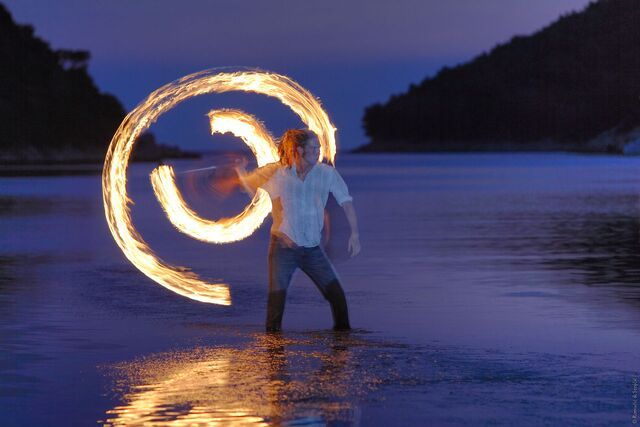
Much later in the 12th century, the island was conquered by Pepone Zorzi, a Venetian nobleman. Zorzi incorporated the island into the then Venetian Republic for a brief period, before the local Korcula rulers declared they had had enough of the constant changes of hand and began seeking independence for the island. Following this move, in 1214 the Statute of Korcula was drafted, guaranteeing total autonomy of the island, with exception of outside rulers which included both the Republic of Venice and the Republic of Ragusa. As the centuries went by, Korcula was passed from owner to owner and was the centre of many disputes, both domestic and otherwise. Napoleon came and went, the Austro-Hungarian empire collapsed, Yugoslavia, whose Partisans enjoyed significant support in the local area also eventually died, and by 1991, Korcula was part of the Independent Republic of Croatia.
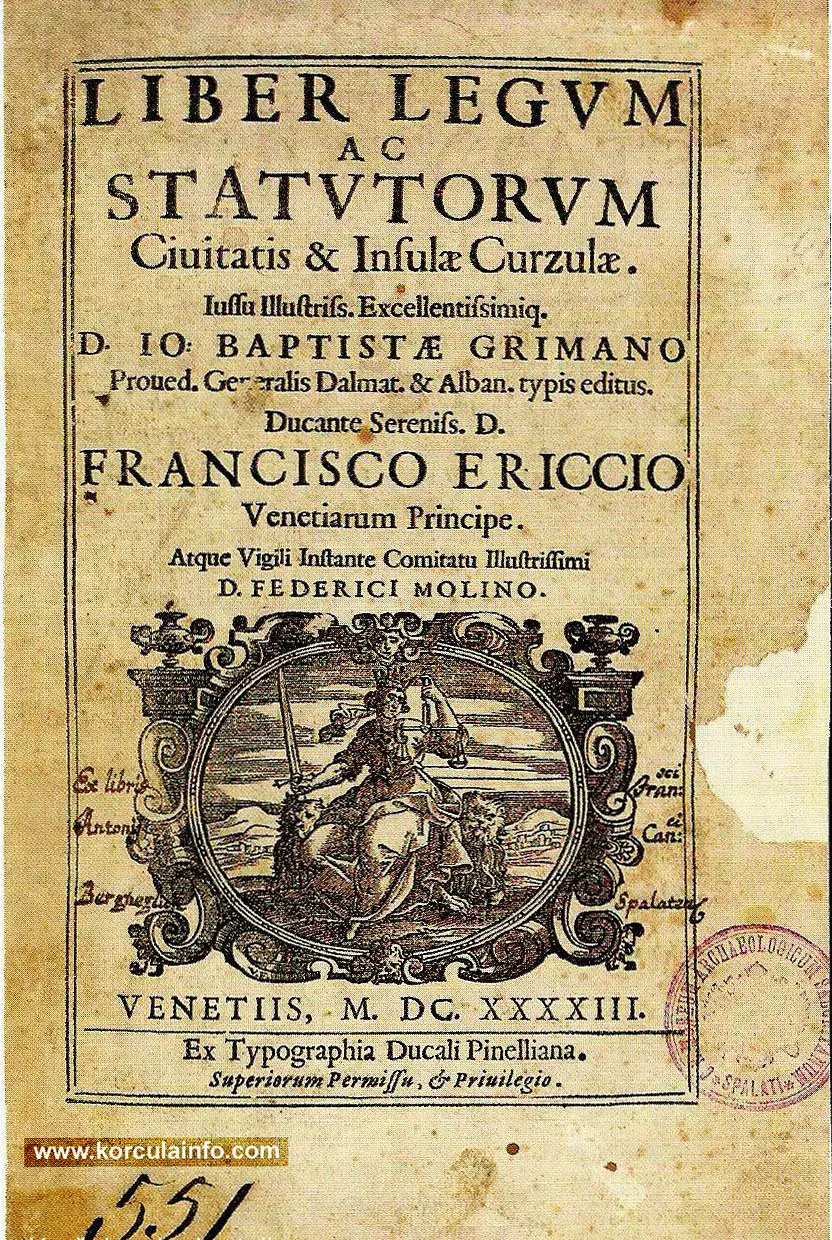
Korcula is renowned for producing musically gifted people, Oliver Dragojevic is just one of them. The island has strong cultural ties and possesses a deep attachment to artistic traditions, along with stonemasonry. Petar Kanavelic is regarded as one of the greatest Croatian writers of the 17th century, he wrote love songs, poems and dramas on the island, and in the town of Korcula there is a primary school which bears his name. Traditional sword dances such as Moreska from the town of Blato are just one of many arts performed on the island, coupled with Klapa singing from several groups, Korcula has a truly timeless atmosphere that has never aged.
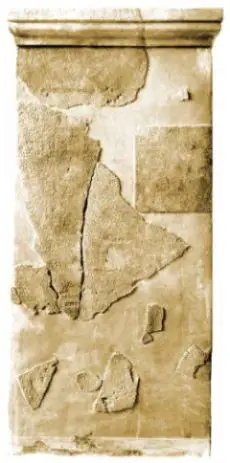
Increasingly (and understandably) popular with tourists, Korcula is relatively easy to arrive to. Ferries connect the island with nearby Orebic on the Peljesac peninsula, which can be easily reached from Dubrovnik, and with Drvenik on the mainland. A separate line connects Vela Luka and Split, as well as Lastovo and Croatia’s premier island of Hvar. The main Adriatic ferry line (Jadrolinija) connects Korcula with Split, Dubrovnik, Zadar and Rijeka, with direct ferries to Bari (Italy) running throughout May to September.
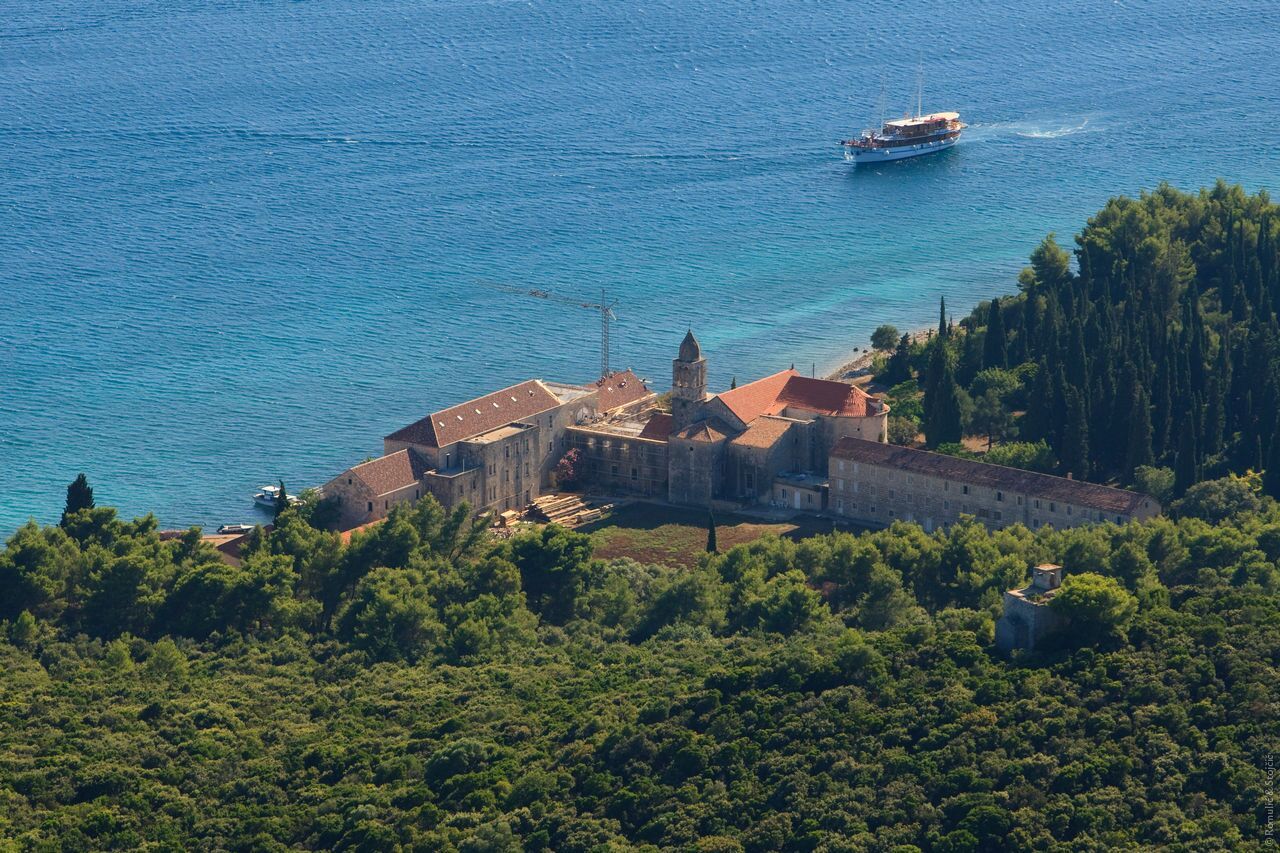
Korcula boasts one of the richest histories of any island in Croatia, its stunning scenery and ancient settlements are enough to impress anyone. If you are in the Dubrovnik Neretva area, Korcula should definitely be on your ”must see” list. If you’d like to research the ferry service to and from the island, please click here.
Want to know more about Korcula? 25 Things to Know about the Island of Marco Polo.

